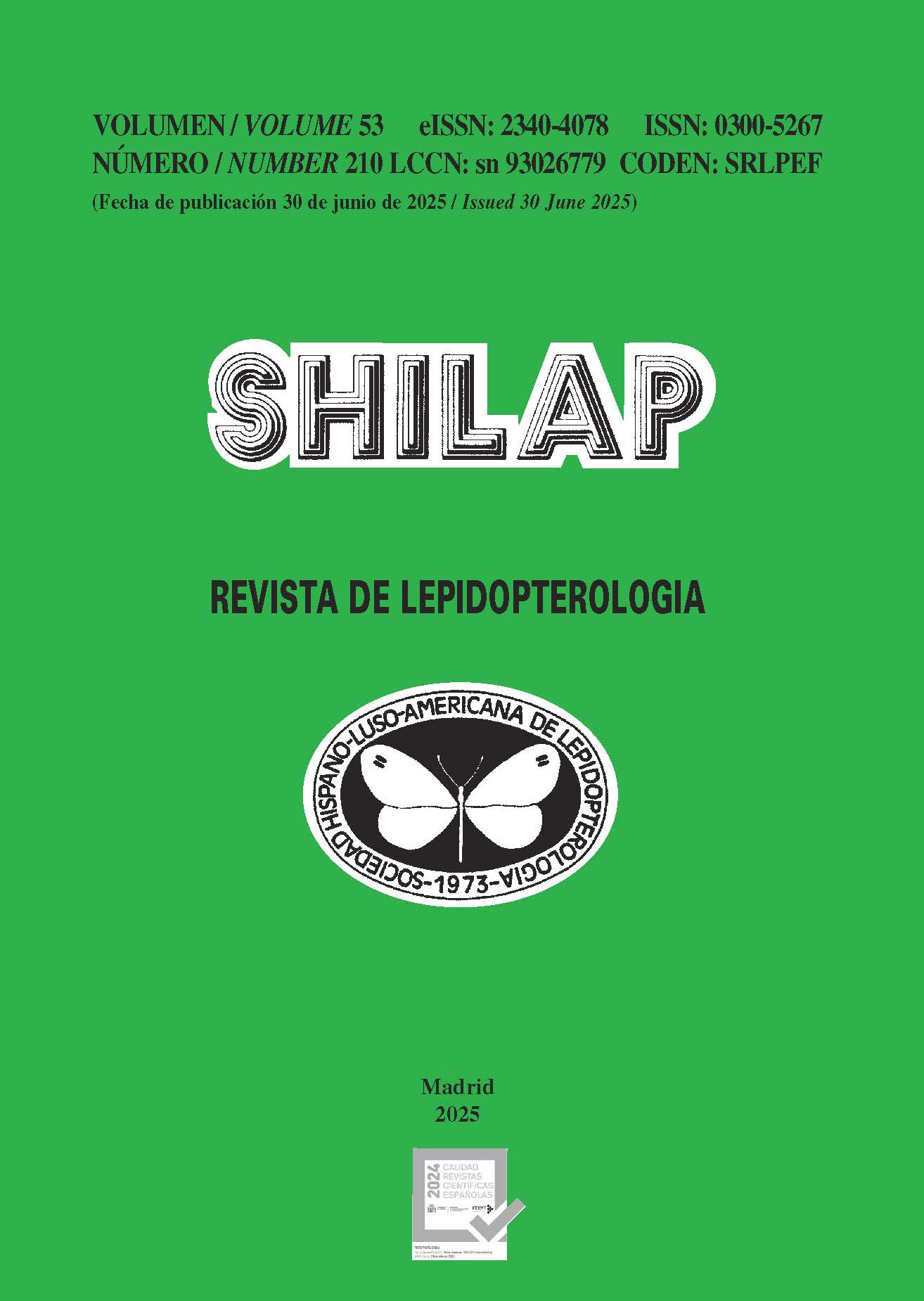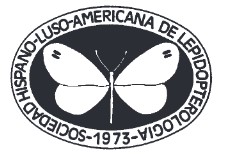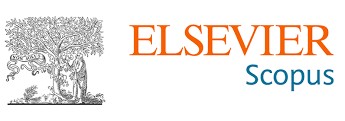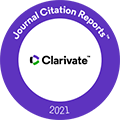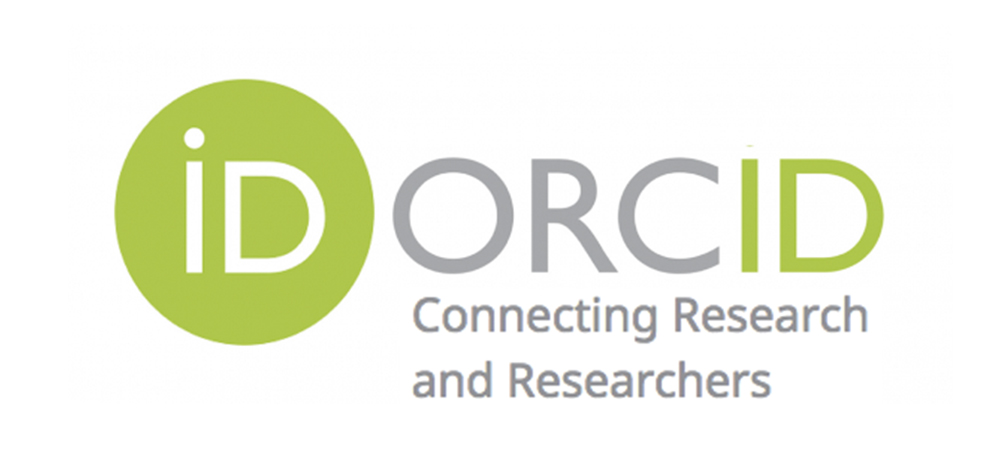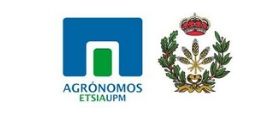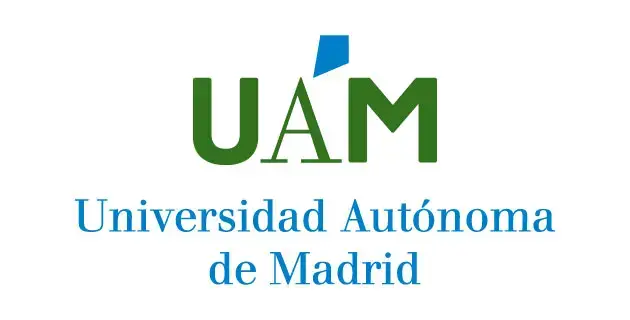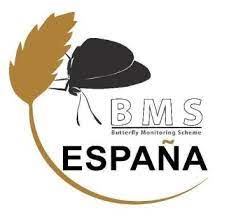Pontia daplidice (Linnaeus, 1758) and Pontia edusa (Fabricius, [1777] in Tajikistan: one or two species? (Lepidoptera: Pieridae)
DOI:
https://doi.org/10.57065/shilap.1054Keywords:
Lepidoptera, Pieridae, DNA barcoding, morphological features, seasonal forms, Tajikistan, IranAbstract
DNA barcoding of Pontia Fabricius, 1807 species from Tajikistan has shown that only Pontia edusa (Fabricius, [1777], which was previously considered Pontia daplidice (Linnaeus, 1758), is found throughout the country. In fact, these are the only finds of this species in Central Asia, and these data will improve our understanding about distribution of Pontia edusa, and in the future will help to form an overall picture of the distribution of both taxa. Pontia edusa is also reported for the first time for central Iran. Morphological analysis did not reveal significant features in the structure of the genitalia that could distinguish between P. edusa and P. daplidice.
Downloads
Global Statistics ℹ️
|
493
Views
|
125
Downloads
|
|
618
Total
|
|
References
Clement, M., Posada, D., & Crandall, K. A. (2000). TCS: A computer program to estimate gene genealogies. Molecular Ecology, 10, 1657-1659. https://doi.org/10.1046/j.1365-294x.2000.01020.x PMid:11050560 DOI: https://doi.org/10.1046/j.1365-294x.2000.01020.x
Bruna, C. D., Gallo, E., & Sbordoni V. (2004). Guide to the butterflies of the Palaearctic region. Pieridae part 1. Tribe Pierini (partim) Delias, Aporia, Mesapai, Baltia, Pontia, Belenois, Talbotia. Omnes Artes.
Dapporto, L., Cini, A., Vodă, R., Dincă, V., Wiemers, M., Menchetti, M., Magini, G., Talavera, G., Shreeve, T., Bonelli, S., Casacci, L. P., Balletto, E., Scalercio, S., & Vila, R (2019). Integrating three comprehensive data sets shows that mitochondrial DNA variation is linked to species traits and paleogeographic events in European butterflies. Molecular Ecology Resources, 19(6), 1623-1636. https://doi.org/10.1111/1755-0998.13059 PMid:11050560 DOI: https://doi.org/10.1111/1755-0998.13059
Davlatov, A. M. (2020). Fauna of butterflies (Lepidoptera, Rhopalocera) of Shah Sands South-Western Tajikistan. News of the National Academy of sciences of Tajikistan, 4(211), 35-39. [In Russian]
Davlatov, A. M. (2022). Materials to the fauna of butterflies (Lepidoptera, Papilionoidea) of the Obi-Mazor River valley (Tajikistan). Selevinia, 30, 13-18.
Geiger, H., & Scholl, A. (1982). Pontia daplidice (Lepidoptera, Pieridae) in Südeuropa - eine Gruppe von zwei Arten. Mitteilungen der Schweizer Entomologischen Gesellschaft, 5, 107-114.
Geiger, H., Descimon, H., & Scholl, A. (1988). Evidence for speciation within nominal Pontia daplidice (Linnaeus, 1758) in southern Europe (Lepidoptera: Pieridae). Nota lepidopterologica, 11, 7-20.
Hall, T. A. (1999). BioEdit: a user-friendly biological sequence alignment editor and analysis program for Windows 95/98/NT. Nucleic Acids Symposium Series, 41, 95-98.
Hebert, P. D., Penton, E. H., Burns, J. M., Janzen, D. H., & Hallwachs, W. (2004). Ten species in one: DNA barcoding reveals cryptic species in the neotropical skipper butterfly Astraptes fulgerator. Proceedings of the National Academy of Sciences, 101(41), 14812-14817. https://doi.org/10.1073/pnas.0406166101 PMid:15465915 PMCid:PMC522015 DOI: https://doi.org/10.1073/pnas.0406166101
John E., Wiemers, M., Makris, C., & Russel, P. (2013). The Pontia daplidice (Linnaeus, 1758) / Pontia edusa (Fabricius, 1777) complex (Lepidoptera: Pieridae): confirmation of the presence of Pontia daplidice in Cyprus, and of Cleome iberica DC. as a new host-plant for this species in the Levant. Entomologist’s Gazette, 64, 69-78.
Kurze, B.-J., Nuß, M., & Westphalen, M. (2006). Vorkommen und Lebensweise des Resedaweißlings (Pontia daplidice (Linnaeus, 1758)) in Sachsen (Lepidoptera: Pieridae). Sächsische Entomologische Zeitschrift, 1, 89-100.
Korshunov, Y. P. (2002). Lepidoptera (Papilionoidea, and Hesperioidea) of Northern Asia. Association of Scientific Publications of the KMK. [In Russian]
Korb, S. K., & Bolshakov, L. V. (2016). A systematic catalogue of butterflies of the former Soviet Union (Armenia, Azerbaijan, Belarus, Estonia, Georgia, Kyrgyzstan, Kazakhstan, Latvia, Lituania, Moldova, Russia, Tajikistan, Turkmenistan, Ukraine, Uzbekistan) with special account to their type specimens (Lepidoptera: Hesperioidea, Papilionoidea). Zootaxa, 4160(1), 1-324. https://doi.org/10.11646/zootaxa.4160.1.1 PMid:27615908 DOI: https://doi.org/10.11646/zootaxa.4160.1.1
Leigh, J. W., & Bryant, D. (2015). PopART: Full-feature software for haplotype network construction. Methods in Ecology and Evolution, 6(9), 1110-1116. https://doi.org/10.1111/2041-210X.12410 DOI: https://doi.org/10.1111/2041-210X.12410
Lukhtanov, V. A., Sourakov, A., Zakharov, E. V., & Hebert, P. D. N. (2009). DNA barcoding Central Asian butterflies: increasing geographical dimension does not significantly reduce the success of species identification. Molecular Ecology Resources, 9(5), 1302-1310. doi: 10.1111/j.1755-0998.2009.02577.x PMid:21564901 DOI: https://doi.org/10.1111/j.1755-0998.2009.02577.x
Porter, A. H., Wenger, R., Geiger, H., Scholl, A., & Shapiro, A. (1997). The Pontia daplidice-edusa hybrid zone in north-western Italy. Evolution, 51, 1561-1573. https://doi.org/10.2307/2411208 PMid:28568618 DOI: https://doi.org/10.1111/j.1558-5646.1997.tb01479.x
Stshetkin, Y. L. (1960). Higher Lepidoptera of the Vakhsh Valley (Tajikistan). Part 1. Lepidoptera (Rhopalocera and Heterocera exclusive of Noctuidae and Geometridae). Proceedings of E.N. Pavlovsky Institute of Zoology and Parasitology Academy of Sciences of the Tajik SSR (Vol. 14). Stalinabad. [In Russian]
Stshetkin, Y. L. (1963). To the fauna of the butterflies of the low mountains of southern Tajikistan (Lepidoptera, Macroheterocera) Rhopalocera. Proceedings of E. N. Pavlovsky Institute of Zoology and Parasitology Academy of Sciences of the Tajik SSR (Vol. 24), 21-73. Dushanbe. [In Russian]
Sharafutdinov, D. R., & Lukhtanov V. A. (2019). Species diversity of diurnal Lepidoptera (Papilionoidea and Hesperioidea) of the middle mountain belt of the Kamarob River gorge. Materials of the VIII-th International Conference “Ecological features of biological diversity” (Tajikistan) (pp. 104-105). Dushanbe. [In Russian]
Thomas, T., & Lewington, R. (1991). The butterflies of Britain and Ireland. Dorling Kindersley.
Tuzov, V. K., Bogdanov, P. V., Devyatkin, A. L., Kaabak, L. V., Korolev, V. A., Murzin, V. S., Samodurov, G. D., & Tarasov, E.A. (1997). Guide to the Butterflies of Russia and adjacent territories (Lepidoptera, Rhopalocera). Hesperiidae, Papilionidae, Pieridae, Satyridae (Vol. 1.). Pensoft.
Tamura, K., Stecher, G., & Kumar, S. (2021). MEGA 11: Molecular Evolutionary Genetics Analysis Version 11. Molecular Biology and Evolution, 38, 3022-3027. https://doi.org/10.1093/molbev/msab120 PMid:33892491 PMCid:PMC8233496 DOI: https://doi.org/10.1093/molbev/msab120
Tshikolovets, V. V. (2003). The butterflies of Tajikistan (Lepidoptera, Rhopalocera). Tshikolovets Publications.
Wagener, P. S. (1988). What are the valid names for the two genetically different taxa currently included within Pontia daplidice (Linnaeus, 1758)? Nota lepidopterologica, 11, 21-38.
Wu, Ch. (2010). Fauna Sinica - Insecta. Lepidoptera, Pieridae (Vol. 52). Sciences press.
Downloads
Published
How to Cite
Issue
Section
License
Copyright (c) 2025 Abdulaziz M. Davlatov, Vladimir A. Lukhtanov

This work is licensed under a Creative Commons Attribution 4.0 International License.
The author SS retains his trademark and patent rights to any process or procedure within the article.
The author retains the right to share, distribute, perform and publicly communicate the article published in SHILAP Revista de lepidopterología, with initial acknowledgement of its publication in SHILAP Revista de lepidopterología.
The author retains the right to make a subsequent publication of his work, from using the article to publishing it in a book, provided that he indicates its initial publication in SHILAP Revista de lepidopterología.
Each submission to SHILAP Revista de lepidopterología must be accompanied by an acceptance of copyright and acknowledgement of authorship. By accepting them, authors retain copyright of their work and agree that the article, if accepted for publication by SHILAP Revista de lepidopterología, will be licensed for use and distribution under a "Creative Commons Attribution 4.0 International" (CC BY 4.0) licence that allows third parties to share and adapt the content for any purpose giving appropriate credit to the original work.
You may read here the basic information and the legal text of the license. The indication of the CC BY 4.0 License must be expressly stated in this way when necessary.
As of 2022, the content of the print and digital version is licensed under a "Creative Commons Attribution 4.0 International License" (CC BY 4.0), licence that allows third parties to share and adapt the content for any purpose giving appropriate credit to the original work.
Previous content in the journal was published under a traditional copyright licence; however, the archive is available for free access.
When using the contents of SHILAP Revista de lepidopterología published before 2022, including figures, tables or any other material in printed or electronic format belong to the authors of the articles, the authors must obtain the permission of the copyright holder. Legal, financial and criminal liabilities in this respect belong to the author(s).
In application of the Principle of Priority of the International Code of Zoological Nomenclature, no other version than the one published by the publisher may be deposited in repositories, personal websites or similar.
